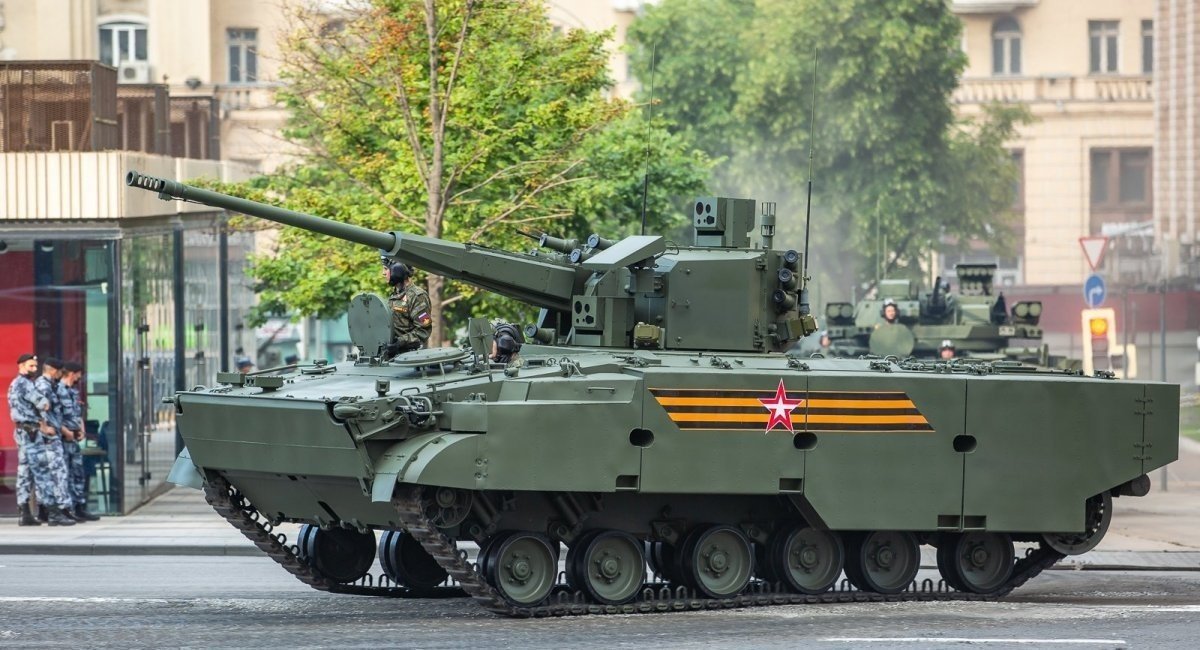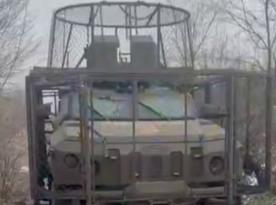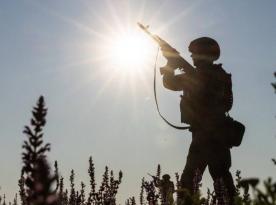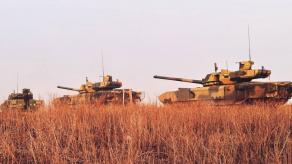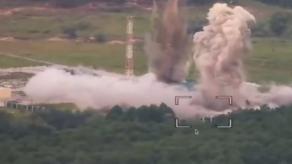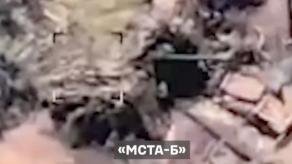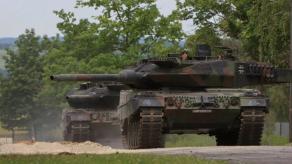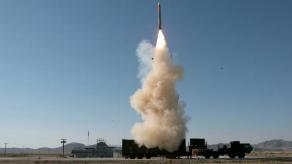For the first time russia demonstrated a prototype of the 2C38 Derivation-PVOself-propelled anti-aircraft system based on the BMP-3 chassis in 2017. russian propagandists immediately began to talk about this system as another "Wunderwaffe" with no analogues. It was supposed to replace the Soviet ZSU-23-4 Shilka and 2K22 Tunguska air defense systems.
However, the nuance was not even in the characteristics of the project, but in the 57-mm anti-aircraft gun, designated as 2A90. It was supposed to be a transformation of old Soviet AZP S-60 autocannon, with a firing rate of up to 120 rounds per minute.
Read more: How Soviets Discovered Nazi Silbervogel Hypersonic Aircraft Project and Tried to Make a Copy
It should be noted that the 2C38 Derivation-PVOcarted ammunition is 148 rounds, the declared range of target destruction is up to 6 kilometers, and the height of destruction is up to 4.5 kilometers.
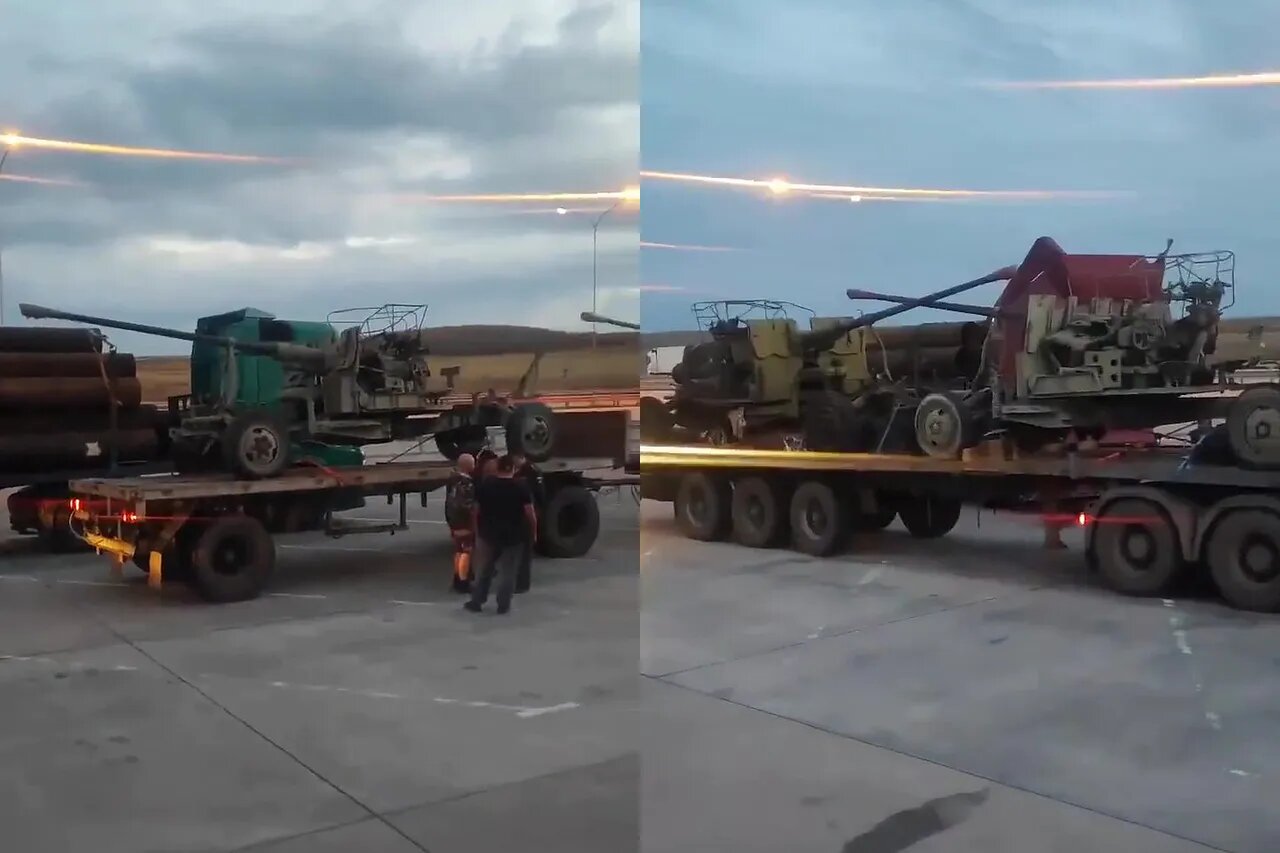
As of February 2022, the 2C38 Derivation-PVOproject remained in the status of a research development as well as was used at various propaganda parades. The issue of launching mass production of this anti-aircraft system faced two nuances at once, caused by russian army's failures on the battlefield in Ukraine.
The first is the chassis for these BMP-3s, which are needed to manufacture new infantry fighting vehicles, were lost in the battles against the Defense Forces of Ukraine. The second is that russians began a large-scale re-entry of old Soviet AZP S-60 anti-aircraft guns in 2022. This raised the question of "material" that should be transformed into the 2A90 gun provided for the 2C38 Derivation-PVOproject.
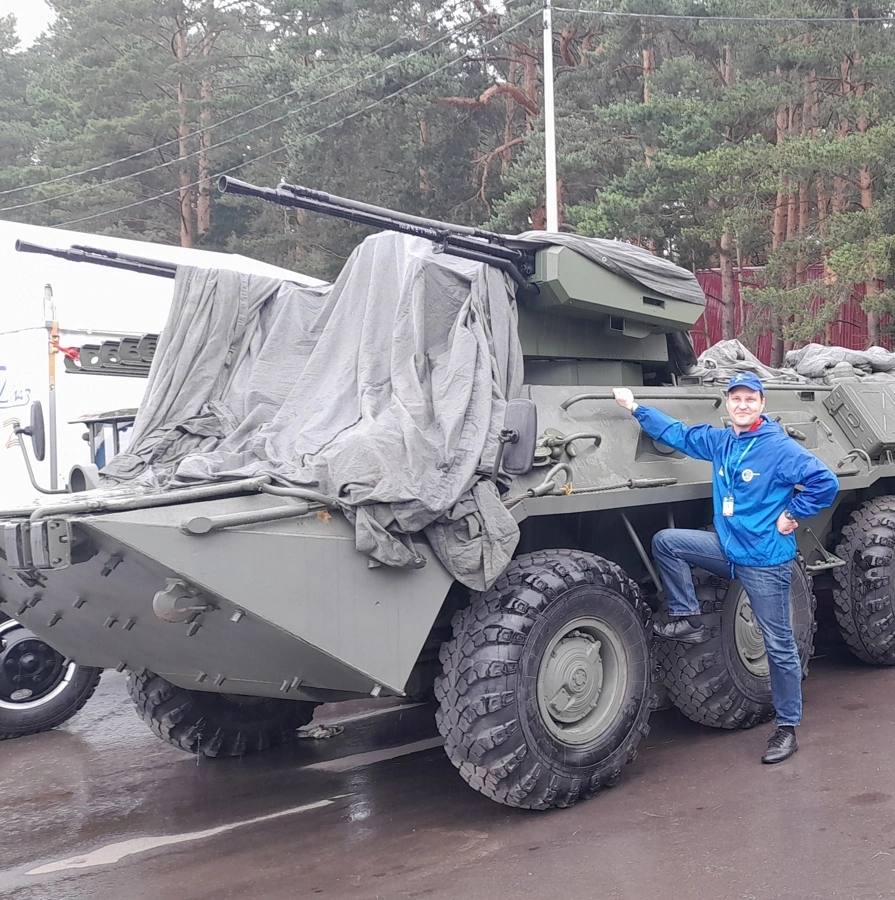
It can be concluded that seven years, two of which during the full-scale invasion of Ukraine, were not enough for russians to put into mass production this weapon which they say has no analogues. Because of this, russians began to look for so-called "analogs," such as copying mobile fire groups to fight UAVs, or creating various types of anti-aircraft systems, such as BTR-82A APCwith ZSU-23-4 Shilka barrels.
However, all of these details did not prevent leadership russian Rostec state corporation from declaring that they are: "finally completing work" on the 2C38 Derivation-PVO project, as well as preparing to use it on the battlefield in Ukraine.
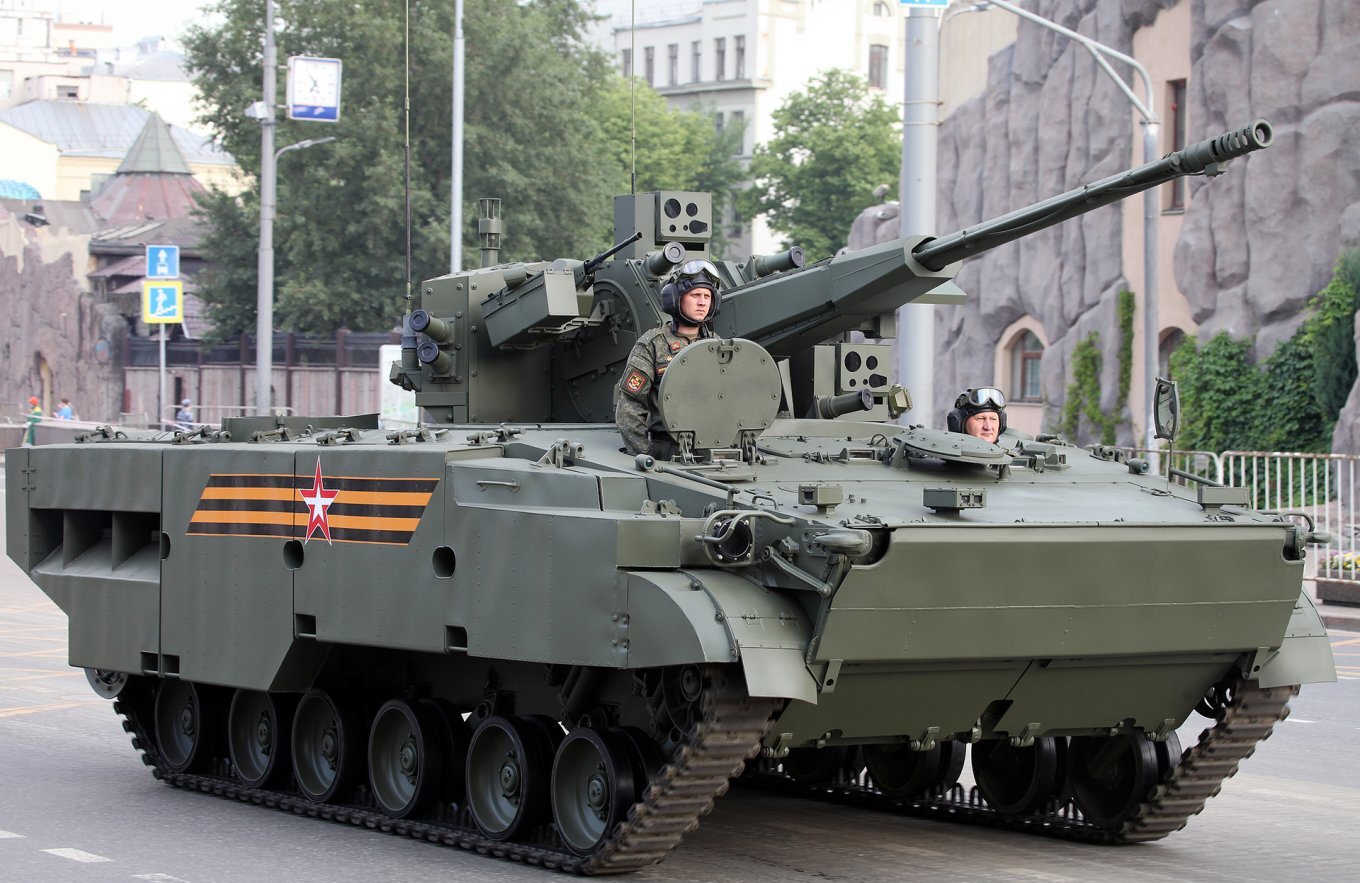
Apparently, the Ministry of Defence of the russian federation will try to test in practice whether the Derivation-PVO project is feasible at all and whether it should be brought to the stage of mass production.
Earlier Defense Express reported about russian first prototype of TOS-3 Dragon flamethrower.
Read more: The Purpose of "Shed" on Top of T-72 and What it Tells About russian Assault Tactics




